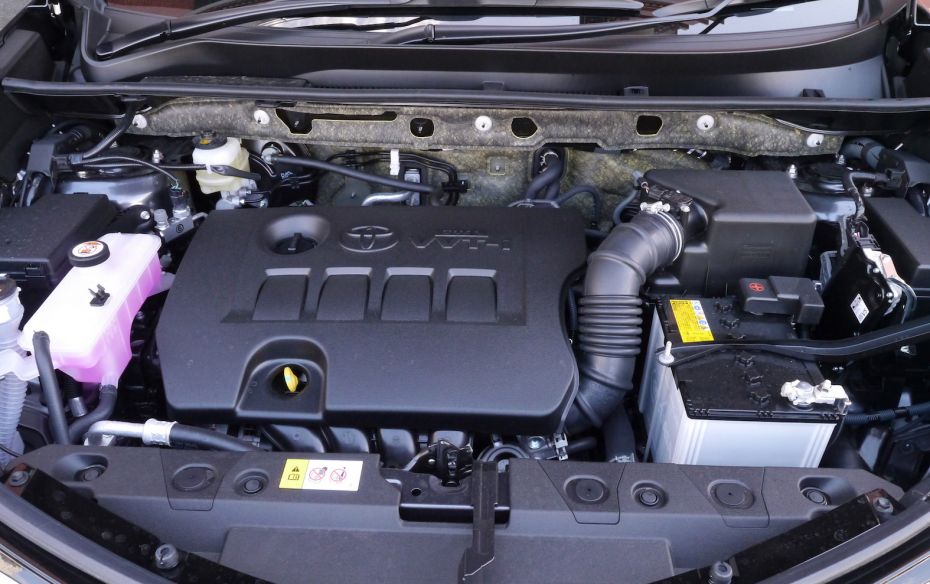
Car longevity is of interest to many car owners and concerns several things: maximum service life in either miles or time (duration), relationship of components to this lifespan, identification of factors that might afford control in extending the lifespan. Barring an accidental end to the lifespan, a car would have a life constrained by the earliest part to fail. Some have argued that rust and other factors related to the body of a car are the prime limits to extended longevity.
The motivation for pursuing longevity can vary. The economic trade-off of purchase versus repair will be part of the equation.
Of course, many factors, such as whether the car is classic, outweigh pure economics. The desire to extend the life of an auto that is paid off, by fighting “planned obsolescence”, is often important for drivers.
The life of the auto, as the collection, follows, according to a very common model, a bathtub-like pattern. After an initial phase where failure may be likely (hence the offering of the warranties by the dealer), there may be a long period of unlikely failure, as the probabilities will be low. Given that the auto has been around for over 100 years, what cars become, and remain, classic and the maximal lifespan for any car are open-ended questions. Interest in longevity beyond that related to purchasing used vehicles will improve the science of predicting car life, with such things as a life table for cars.
- 1. Regular oil changes
- 2. Monitor the key fluids
- 3. Maintain the transmission
- 4. Change the spark plugs as needed
- 5. Replace the timing belt as recommended (if applicable)
- 6. Replace air filter as required
- 7. Know and use your maintenance manual
- 8. No sudden starts and stops
- 9. Plentiful low cost replacement parts being available
